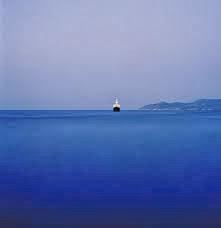Traditionnellement, la période des vacances de Noël en Grèce dure 12 jours,
la veille de Noël jusqu'au 6 janvier, jour de l’Epiphanie. Pendant ces douze
jours, de nombreuses coutumes sont célébrées à travers tout le pays, qui varie
d’une région à l’autre.
La gastronomie a tout un rôle à jouer tout au long de cette période
festive. Le 25 décembre, la famille se rassemble pour le repas de Noël qui
clôture une période de jeûne de 40 jours. A la table de Noël, on trouve le
‘’Christopsomo’’ (le ‘’pain du Christ’’), qui est un pain rond ornementé de
diverses représentations et décorations. De plus, le repas de Noël est
constitué de dinde farcie.
Les sucreries qu’on offre pendant cette période festive symbolisent la
bonne chance. Des gâteaux à base de semoule, huile d’olive, sirop de miel et
recouverts de noix, dits ‘’melomakarona’’, symboles la fécondité et le
bien-êtrem des sablés d’amande nappés de sucre glace, dits ‘’kourabiedes’’ mais
aussi les ‘’diples’’, une preparation à base de farine qui est frite et puis
trempée dans le miel, sont les plus caractéristiques.
Dans le passé, les ‘’melomakarona’’ étaient offerts pour Noël, tandis que les ‘’kourabiedes’’ étaient offerts pour le Nouvel An. Cette distinction ne s’observe plus.
N’oublions pas ‘’Vassilopita’’, le fameux gâteau du Nouvel An, dans lequel
on cache traditionnellement une pièce de monnaie. Celui qui le trouve dans son
morceau aura de la bonne chance pour toute la durée de l’année qui
arrive.




















